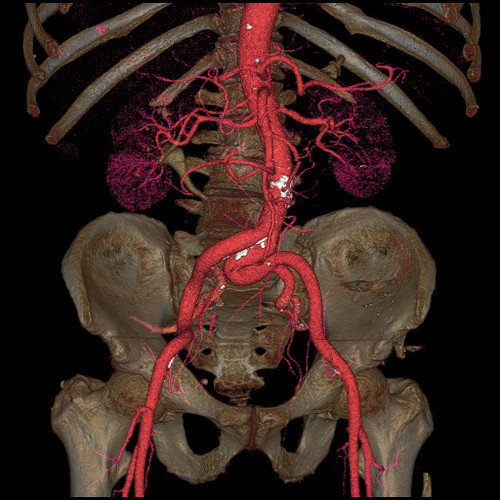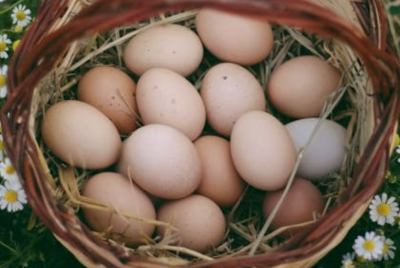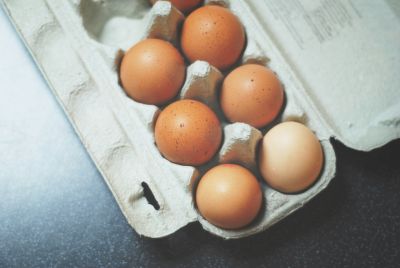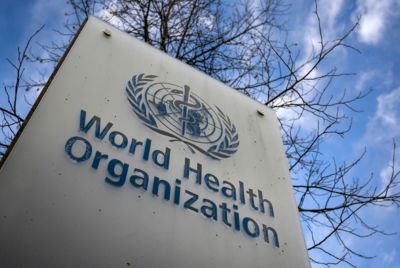Human bioengineering: Self-assembling tubular tissue created for artificial arteries

Scientists from the Queen Mary University of London (QMUL) have made a breakthrough which could lead to the creation of artificial veins and arteries without having to rely on 3D-printed moulds.
The researchers, led by Alvaro Mata, Director of the Institute of Bioengineering at QMUL, were able to use organic molecules and form them into tubular tissue-like structures.
They used peptides and proteins to create structures which act in a similar manner to human tissues, which are able to grow, heal, and perform morphogenesis, the study published in Nature Chemistry documented.
It states that upon touching each other, the peptides and proteins "self-assemble to form a dynamic tissue at the point at which they meet. As the material assembles itself it can be easily guided to grow into complex shapes," a statement read.
The scientists involved believe that this could spur on the development of artificial tissues which could be used for veins, arteries and even blood-brain barriers – the barrier which separates circulating blood from brain fluid in the central nervous system. The latter will also help scientists conduct more thorough studies on diseases such as Alzheimer's.
Mata said: "What is most exciting about this discovery is the possibility for us to use peptides and proteins as building-blocks of materials with the capacity to controllably grow or change shape, solely by self-assembly."

© Copyright IBTimes 2025. All rights reserved.






















